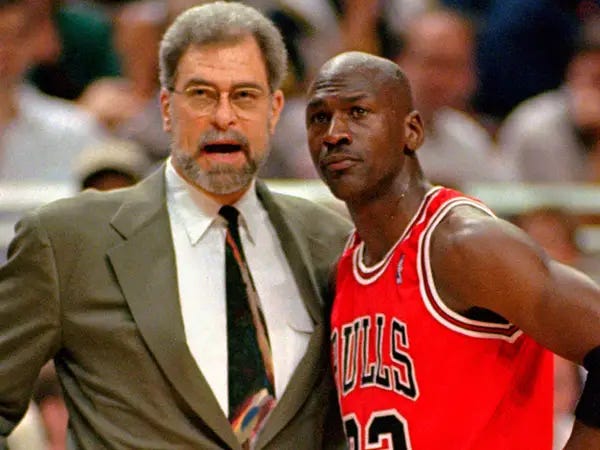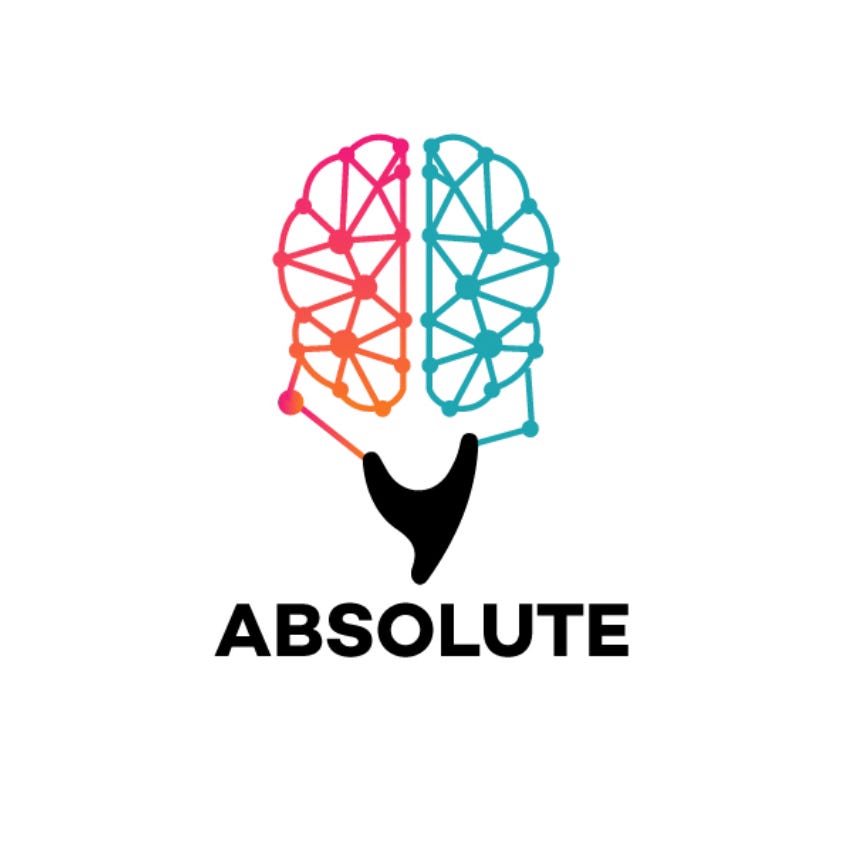Levels of Coaching: Defined & Explained
The incomplete definition of coaching is leading to massive blind spots and negative consequences in the realm of human performance in sport.

Incomplete Definitions → Negative Consequences
What is a coach?
According to Merriam-Webster, it is one who instructs or trains, especially one who instructs players in the fundamentals of a sport and directs team strategy; i.e., a football coach, a pitching coach, a basketball coach
From Absolute’s perspective, this definition of “coach” is incomplete and has had, without a doubt, pandemic-like effects on stagnation in sports performance. As we have articulated in the past, this occurs at scale from the sport itself, to the coaches of the sport, and finally down to the level of athlete - where at this level, we see widespread and rampant biological accommodation and neurological stagnation.
What About Training?
The above definition defines a coach as one who instructs or trains — we agree this is accurate as a large part of coaching is based on communicating instruction. However, what about the training part of the definition? It is obvious the training part of the coaching definition is not accurately represented, so let’s attempt to fill this void.
The Levels of Coaching: Level of Competition vs. Level of Adaptation
In An Ecological Primer on Improving Performance, the Level of Adaptation and Level of Competition was defined and illustrated, as you may recall from the image below.
A quick review allows us to see that there are two ecosystems that are intertwined and related to the performance of the athlete. The first is the external ecosystem, and the second is the internal ecosystem.
It is our view that coaching occurs at these two different yet related levels. This means there is a difference between instruction and training that should be represented in coaching, as shown in the diagram below.
Coaching: Level of Adaptation
Coaching at the level of adaptation is organizing and programming training work in a manner that creates the roadmap that starts firstly by understanding the athlete’s current physical state (Point A) and utilizes training work to change the state of the athlete to evolve and attain Point B.
It is important to note that coaching at the level of adaptation is not done once Point B is acquired, as we know that it takes training to also sustain Point B. As such, the coach must then manage the training work of that athlete both in time and over time so that their optimal physical state is stabilized.
Key Point: Stabilizing the optimal physical state of the athlete utilizing training and treatment at the level of adaptation is what stabilizes the biological infrastructure which the athlete possesses for practice.
Coaching at Level of Adaptation: In-season vs. Offseason
In the best-case scenario for athlete performance in sport, training in the offseason acquires Point B, and training in-season sustains Point B. From a training intensity standpoint, that looks like the vast majority of training volume is performed in the offseason is at a stimulating intensity (i.e., to acquire via eliciting adaptation), and the majority of training volume performed in-season is at a retraining intensity with the intent to sustain Point B (i.e., the adaptation elicited and acquired from off-season).
Unfortunately, from an overall sports performance standpoint, by simply utilizing injury as a feedback mechanism, we know the training that acquires Point B is not occurring (i.e., T.J. Watt), and as a consequence, we see biological accommodation leading to neurological stagnation at the athlete level, which scales out to stagnation at the sport level. Clearly, there is a need for better coaching at the training level.
Coaching At the Level of Adaptation: Hierarchy
Recognize there exists an internal and external environment
Establish Point A
Establish Point B
Create the road map from Point A to Point B
Execute + manage the road map over time.
Coaching: Level of Competition
Coaching that refers to the instruction on the technical or tactical aspects (i.e., technical or tactical coaching) of the sport that enables the coached athlete or team to be successful, obviously occurs at the level of competition (i.e., game or practice), and NOT at the level of adaptation — this distinction is critical to understand.
Tactical Coaching
The tactical coaching that Phil Jackson gave to Michael Jordan and the Chicago Bulls was targeted toward the strategic mental abilities that allowed the athlete (i.e., Jordan) and team (i.e., Bulls) to make better observations and decisions at the appropriate times while the course of the competition or as the game unfolds. Tactical coaching at the level of competition aligns with the team structure and the coach’s goals for the team.
Technical Coaching
Technical coaching also occurs at the level of competition and is the instruction from the coach to the athlete, which enables the athlete to organize themselves for the required sport-specific skills with greater effect.
Coaching the Athlete at the Level of Competition
At this point, it should be easy to understand that if a coach is providing instruction, either tactical or technical, they are doing so from an external perspective — viewing and affecting the athlete only within the external ecosystem, otherwise known and defined as the Level of Competition.
Any coaching instruction on the iteration of a skill, or using an exercise to improve a movement, or directing how an athlete or a team should strategically position themselves during gameplay, are all manifestations that occur in the external environment. In so doing, they are manipulating the athlete’s ability to self-organize.
Self-Organization Occurs in the External Ecosystem (i.e., Level of Competition)
Many versions of the definition of self-organization exist; however, they all center around the interaction of the parts of a system to create an “ordering” of those parts, thereby producing a functionality of the system to meet a chosen demand.
The concept of self-organization is one that occurs under external constraints. This is a major distinguishing feature of a system being able to self-organize. External constraints only exist within the external ecosystem. This is an intriguing point because it can be argued that self-organization, in the strictest interpretation of the word, always only occurs at the macro level. As such, the concept of self-organization gives no clue as to the underlying internal dynamics of the system, which is self-organizing!
Self-Determination: Changing the Internal Ecosystem (i.e., Level of Adaptation)
As we know from the incomplete definition, self-determination as a framework has not been discussed within coaching. Also totally absent is coaching with the sole intent to improve the athlete from within.
Self-determination deals with the organization of biological systems and how those systems are able to maintain themselves.
This implies that this is a viable and necessary precursor to the concept of self-organization and is important for biological organisms to compensate for external variations by means of continued internal modifications. This allows for the adaptation of specific internal conditions for the organism to exist and succeed externally.

Skill acquisition: requires the athlete to train to acquire the optimal physical state and to practice how to interact effectively with the environment, detect important information, and time their responses appropriately. Practice work done in this manner with the athlete in the optimal physical state should result in coordination patterns that are adaptable to a range of varying performance characteristics.
Coaching At Different Levels Simultaneously
With it is now understood that coaching occurs at two different levels, one at the level of competition (i.e., practice/game) and the other at the level of adaptation (i.e., training with the specific intent to build internal capacities until Point B is acquired and then sustaining that optimal physical state) it becomes clear to see that the coaching at the level of adaptation is failing many athletes, most recently T.J. Watt.
In this regard, it is crucial to understand that these athletes’ skill coaches didn’t fail them, but their strength coaches most certainly did not optimally prepare them for the volatility and chaos of their chosen sport at the Level of Competition - which is their sole job.
It is our experience that these athletes are not able to continually meet the demands at the level of competition because they never received or never performed the appropriate training work at the appropriate level from their coach.
We are seeing widespread biological accommodation within these elite athletes, which removes them from the level of competition due to a lack of optimal coaching at the level of adaptation. The only antidote to the biological accommodation occurring within those athletes, which is leading to the stagnation of sport, is optimal training within the internal ecosystem.








